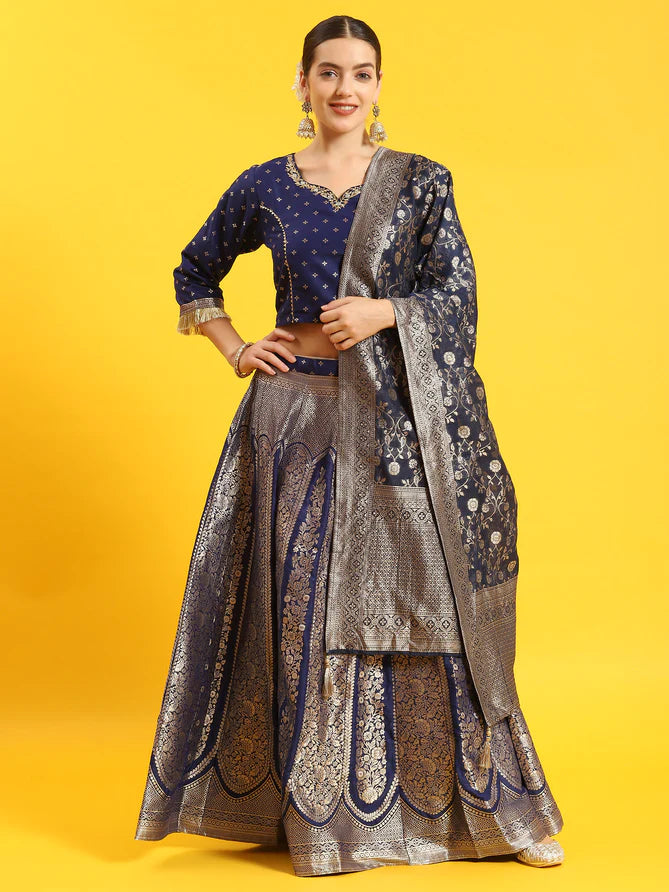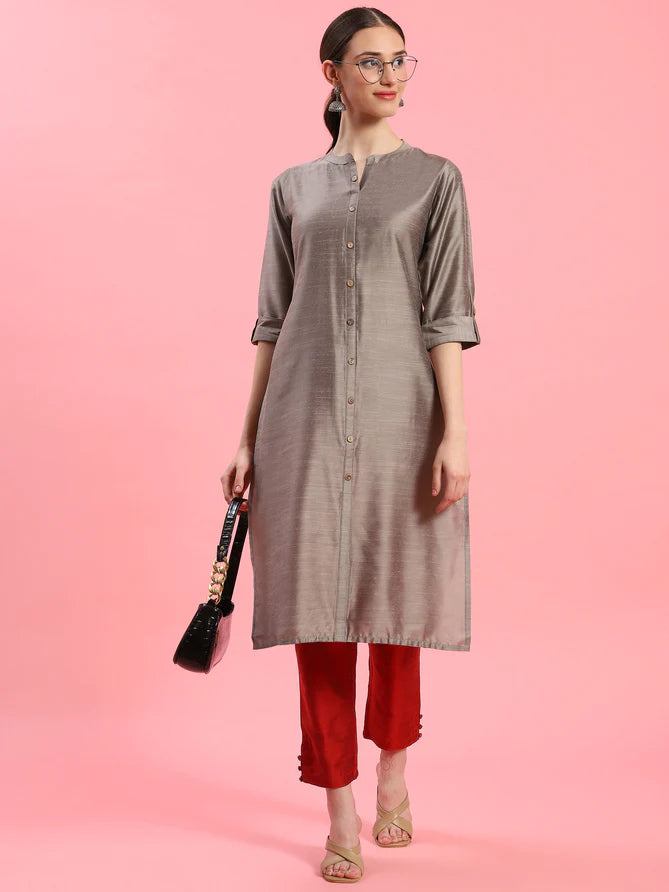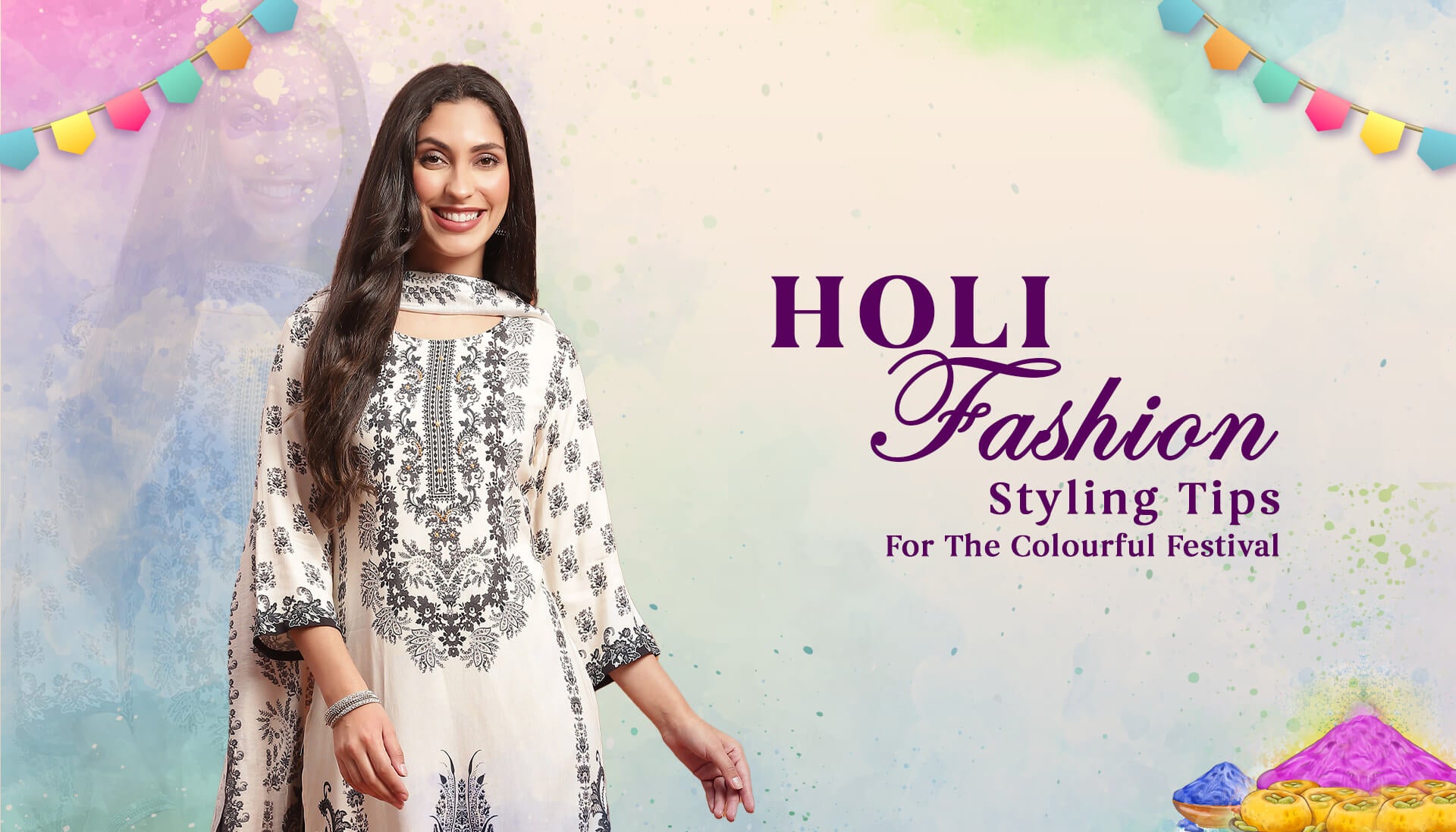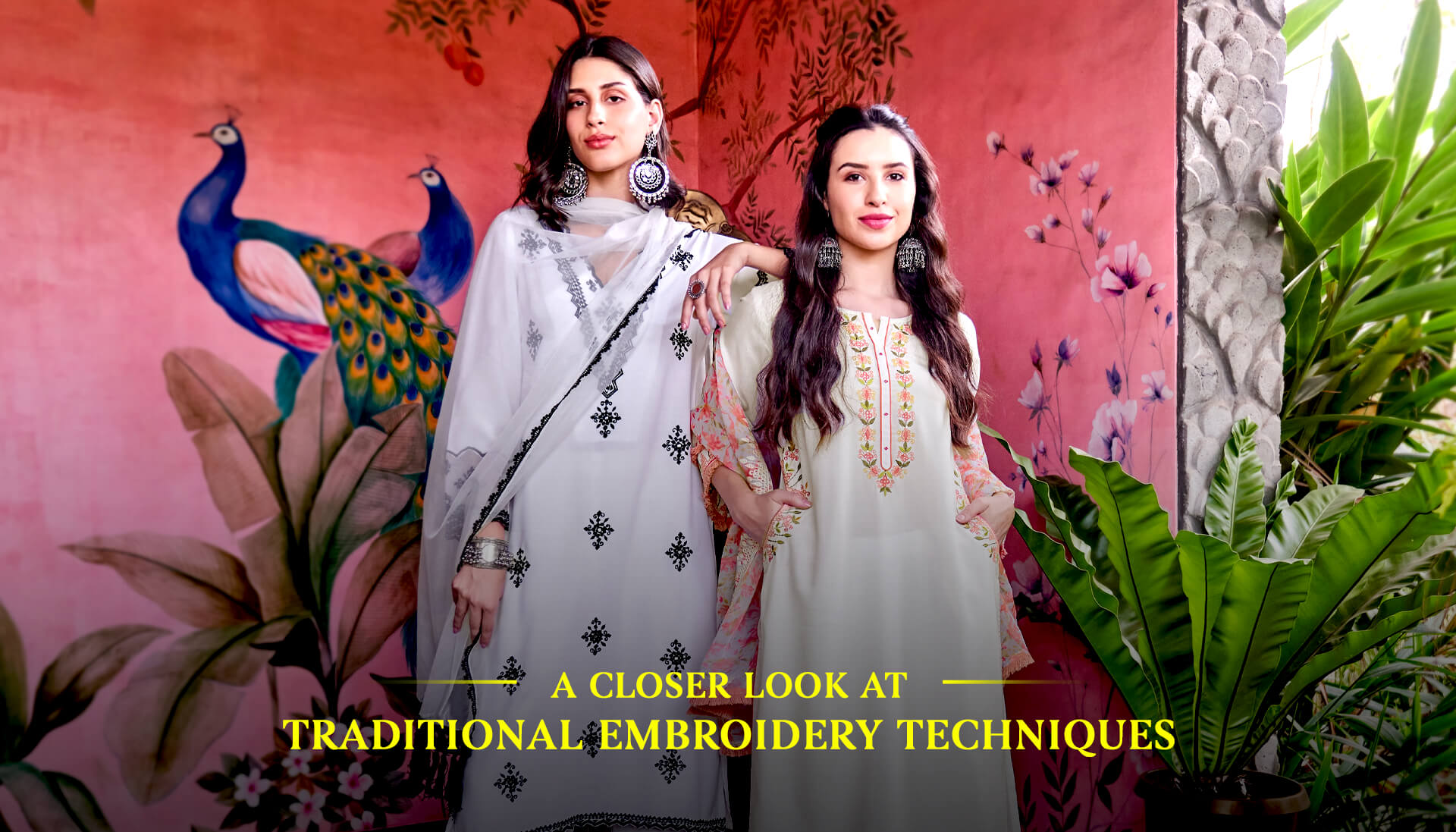Regional Diversity In Ethnic Fashion
The rich tapestry of Indian ethnic fashion is a testament to the country's diverse cultural heritage. In this exploration of "Regional Diversity in Ethnic Fashion," we embark on a fascinating journey through the kaleidoscope of Indian attire, discovering the beauty and significance behind each regional style that adds to the vibrant mosaic of India's sartorial traditions.
- The North: Majestic Lehengas and Regal Sherwanis
In the northern regions of India, ethnic fashion is an embodiment of regality. Lehengas, with their flowing skirts and elaborate cholis, grace special occasions with a touch of opulence. Sherwanis, influenced by Mughal artistry, are characterized by intricate embroidery and rich fabrics, creating ensembles fit for royalty. The vibrant colors and ornate designs reflect the celebratory spirit of the region, capturing the essence of North Indian weddings and festivities.
The distinctiveness of North Indian fashion lies not only in its opulence but also in its ability to seamlessly blend tradition with modern trends. Lehengas, for example, have evolved over the years, incorporating contemporary elements without compromising their traditional essence. Modern brides often opt for unconventional colors, innovative silhouettes, and experimental embellishments, showcasing the dynamic nature of North Indian ethnic fashion.
- The East: Timeless Sarees and Artistic Kanjeevarams
Venturing into the eastern part of the country, we encounter the timeless elegance of sarees. Bengal cotton and silk sarees, known for their simplicity and grace, are a staple in every Bengali woman's wardrobe. The artistic brilliance of Kanjeevaram silk sarees from South India takes center stage, with each piece telling a story through its meticulous craftsmanship and symbolic motifs.
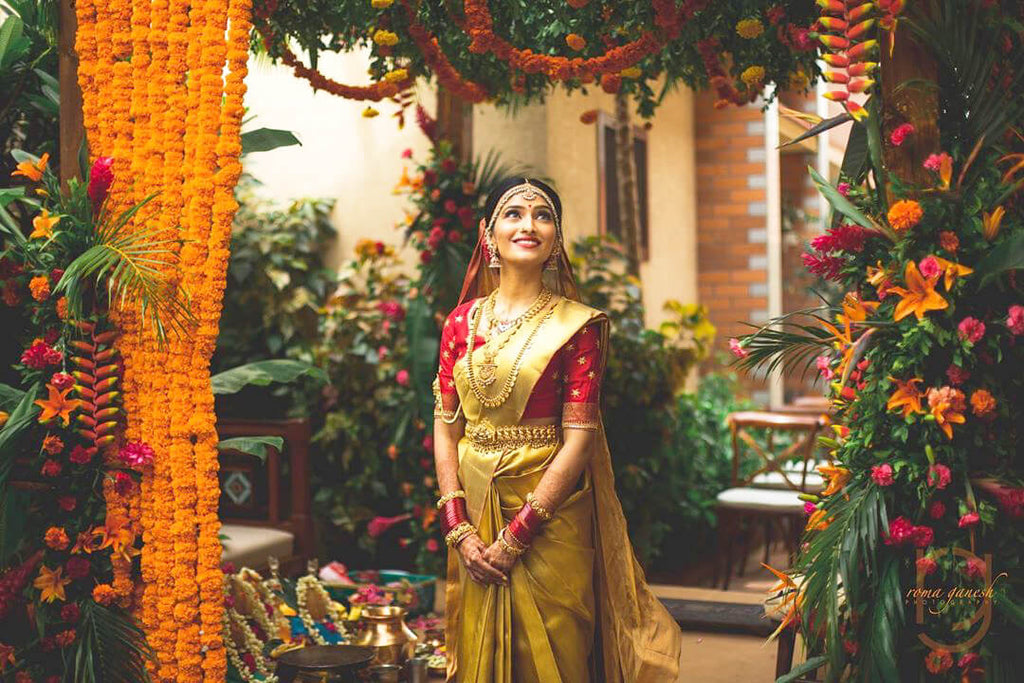
The artistry of sarees in the East is deeply rooted in tradition, with each weave and motif carrying cultural significance. The Kanjeevaram silk sarees, in particular, are not just garments; they are a testament to the rich heritage of South India. The silk threads tell stories of devotion, mythology, and the skilled craftsmanship passed down through generations.
- The West: Graceful Ghagras and Traditional Bandhgalas
The Western states showcase a unique blend of tradition and modern aesthetics in their ethnic fashion. Graceful ghagras adorned with mirror work and vibrant prints are synonymous with Rajasthani culture. Bandhgalas, with their sophisticated cuts and intricate detailing, add a touch of elegance to men's traditional attire. The West, with its vibrant colors and diverse styles, effortlessly captures the essence of both celebration and everyday life.
Rajasthani fashion, in particular, is a celebration of colour and vibrancy. The ghagras, with their mirror work and intricate embroidery, are a visual spectacle, reflecting the lively spirit of the region. Bandhgalas, on the other hand, are a nod to the timeless sophistication of traditional menswear, striking a perfect balance between heritage and contemporary style.
- The South: Kanjeevaram Silks and Time-Honoured Mundus
Heading to the southern part of India, we are greeted by the resplendent charm of Kanjeevaram silk sarees. These sarees, known for their vibrant colors and elaborate zari work, are a symbol of South Indian weddings and festivities. Men in the south traditionally don the mundu or dhoti, emphasizing simplicity and cultural heritage. The distinct temple jewelry and jasmine-adorned braids complete the look, making it a visual feast for anyone appreciating the artistry of ethnic fashion.
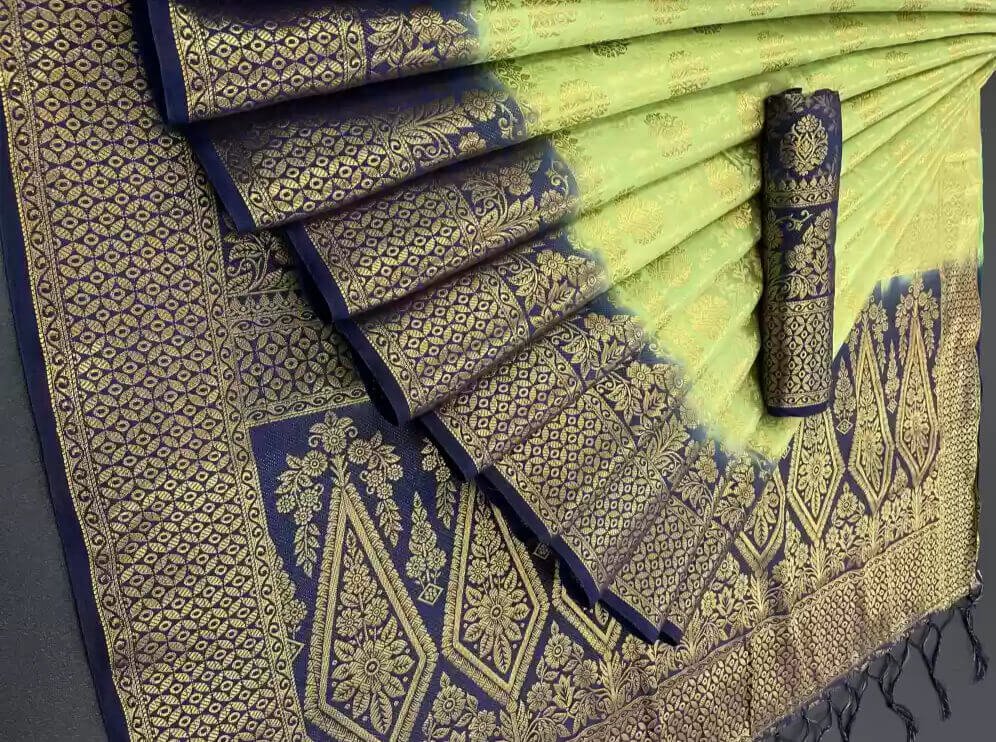
South Indian ethnic fashion is deeply rooted in tradition, with the Kanjeevaram silk saree being a quintessential part of a bride's trousseau. The intricate zari work, vibrant colors, and timeless motifs make these sarees a symbol of grace and elegance. The mundu worn by men is a testament to the region's commitment to preserving its cultural heritage, providing a striking contrast to the elaborate sarees worn by women.
- The Northeast: Colourful Mekhela Chadors and Unique Tribal Influences
In the northeastern states, ethnic fashion takes on a unique and diverse flavor. The Mekhela Chador of Assam, with its vibrant colors and intricate designs, stands out as a cultural symbol. Meanwhile, the tribal-inspired garments from Nagaland and Manipur showcase a deep connection to nature and traditions, adding a colourful tapestry to the region's ethnic fashion landscape.
The ethnic fashion of the Northeast is a celebration of diversity and individuality. The Mekhela Chador, with its unique draping style and vibrant hues, reflects the spirit of Assamese culture. The tribal garments, adorned with symbolic motifs and traditional craftsmanship, tell stories of identity, community, and a harmonious relationship with nature.
Conclusion: Celebrating Unity in Diversity
The regional diversity in Indian ethnic fashion is not merely a reflection of clothing preferences; it is a celebration of the country's unity in diversity. This kaleidoscope of styles and traditions is a testament to the centuries-old customs, cultural exchanges, and deep-rooted pride that each state holds for its unique heritage. The beauty of Indian ethnic wear lies not only in its aesthetic appeal but also in the stories it tells and the cultural bridges it builds across the diverse landscape of this incredible nation.
With this exploration, we've merely scratched the surface of the vast tapestry that is Indian ethnic fashion. Each state contributes its unique thread, weaving together a story of unity, diversity, and timeless elegance. The evolution of ethnic fashion in India is a living testament to the adaptive nature of traditions, as they seamlessly blend with the contemporary, creating a harmonious symphony of style and cultural identity. As we delve deeper into the intricate details of regional ethnic wear, we discover not only the artistry of clothing but also the stories of resilience, pride, and celebration that echo through generations.
From the regal lehengas of the North to the timeless sarees of the East, from the graceful ghagras of the West to the vibrant Kanjeevarams of the South, and from the colourful Mekhela Chadors of the Northeast to the unique tribal influences, each region contributes to the rich tapestry of Indian ethnic fashion. It is a celebration of heritage, an expression of identity, and a reminder that, in diversity, there is unparalleled beauty.
As we immerse ourselves in the world of Indian ethnic fashion, let us continue to appreciate and celebrate the unique stories woven into every fabric, every thread, and every design. The beauty of this diversity lies not just in the garments but in the shared history, cultural pride, and the timeless legacy that transcends borders and generations. In the grand tapestry of Indian ethnic fashion, every thread holds a story, and every stitch is a celebration of the rich and diverse cultural heritage that defines the soul of this incredible nation.
FAQs
- What makes Indian ethnic fashion so diverse?
India's diverse cultural heritage, regional traditions, and historical influences contribute to the vast diversity in ethnic fashion. Each state has its unique styles, fabrics, and embroidery techniques, reflecting the rich tapestry of the country.
- How have North Indian wedding outfits evolved over time?
North Indian wedding outfits, such as lehengas and sherwanis, have evolved by incorporating modern trends while maintaining traditional elements. Modern brides often experiment with colours, silhouettes, and embellishments, creating a fusion of contemporary and classic styles.
- What sets Bengal cotton and silk sarees apart in Eastern India?
Bengal cotton and silk sarees are known for their simplicity and grace. The artistic brilliance of Kanjeevaram silk sarees from South India also contributes to the region's distinctiveness, showcasing meticulous craftsmanship and symbolic motifs.
- How does Rajasthani fashion celebrate colour and vibrancy?
Rajasthani fashion embraces vibrant colours, intricate mirror work, and traditional prints, creating a visual spectacle. The ghagras, in particular, showcase the region's lively spirit and cultural vibrancy.
- What is the significance of Kanjeevaram silk sarees in South India?
Kanjeevaram silk sarees are symbolic of South Indian weddings and festivities. The vibrant colours, elaborate zari work, and timeless motifs make these sarees a testament to the region's rich cultural heritage.
- How do men in the South traditionally dress?
Men in the South traditionally wear the mundu or dhoti, emphasizing simplicity and cultural heritage. This traditional attire, paired with distinct temple jewelry and jasmine-adorned braids, completes the authentic South Indian look.
- What makes Mekhela Chadors unique in the Northeast?
Mekhela Chadors from Assam are known for their vibrant colours and intricate designs, standing out as cultural symbols. The ethnic fashion of the Northeast reflects diversity, individuality, and a deep connection to nature and traditions.
- How do tribal influences contribute to ethnic fashion in Northeastern states?
Tribal-inspired garments from Nagaland and Manipur showcase unique motifs and traditional craftsmanship, telling stories of identity, community, and a harmonious relationship with nature.
- How does ethnic fashion contribute to the unity of India?
Ethnic fashion in India is a celebration of unity in diversity, showcasing the country's rich tapestry of styles and traditions. It serves as a bridge between different cultures, fostering a sense of pride and shared heritage.
- How have ethnic fashion trends adapted to modern styles?
Ethnic fashion has adapted to modern styles by incorporating contemporary elements. Fusion outfits, unconventional colours, and innovative silhouettes demonstrate the dynamic nature of Indian ethnic wear.
- What is the cultural significance of traditional embroidery techniques?
Traditional embroidery techniques in ethnic wear carry cultural significance, often inspired by historical artistry. These techniques not only enhance the aesthetic appeal of the garments but also preserve age-old craftsmanship.
- How can one choose the perfect ethnic outfit for festive occasions?

